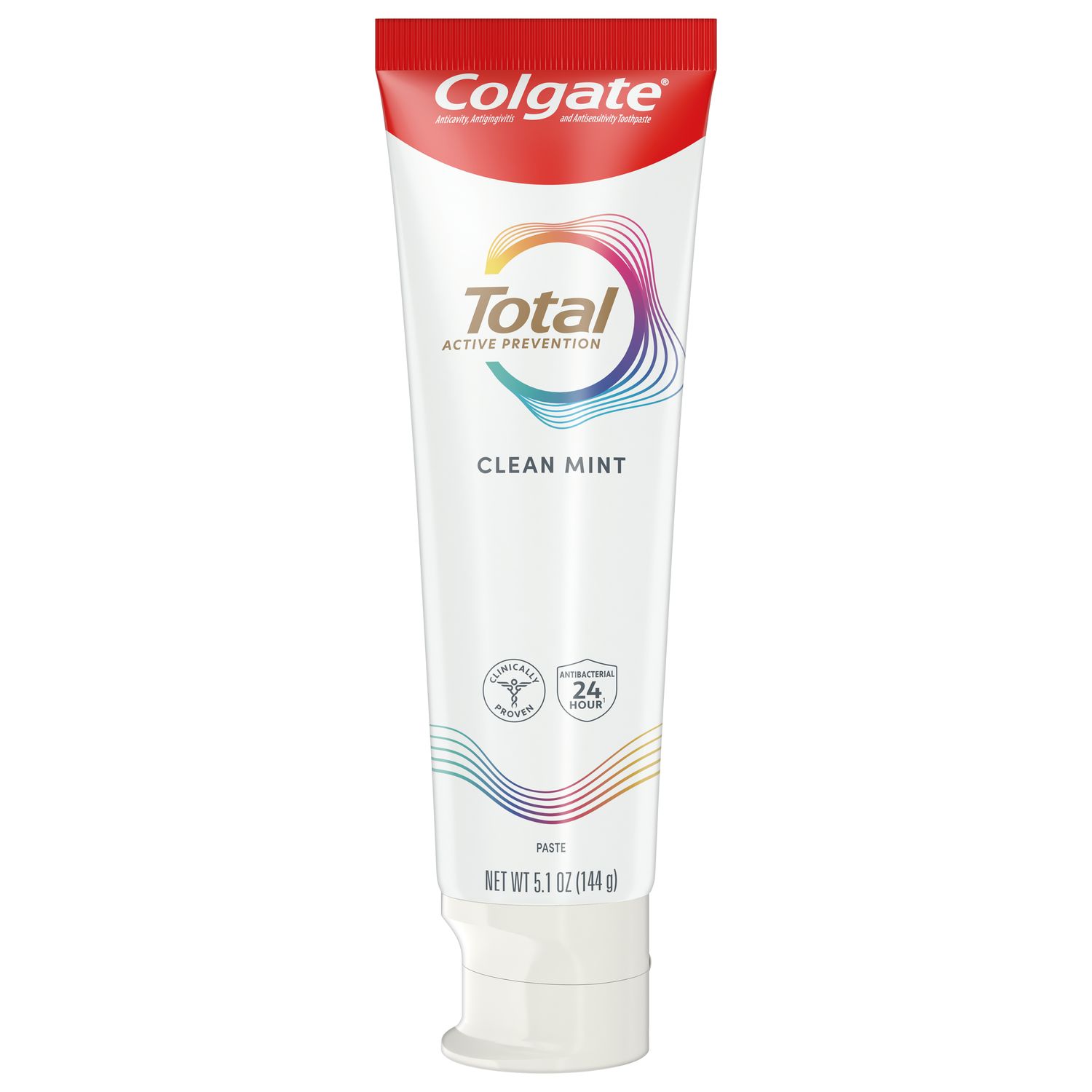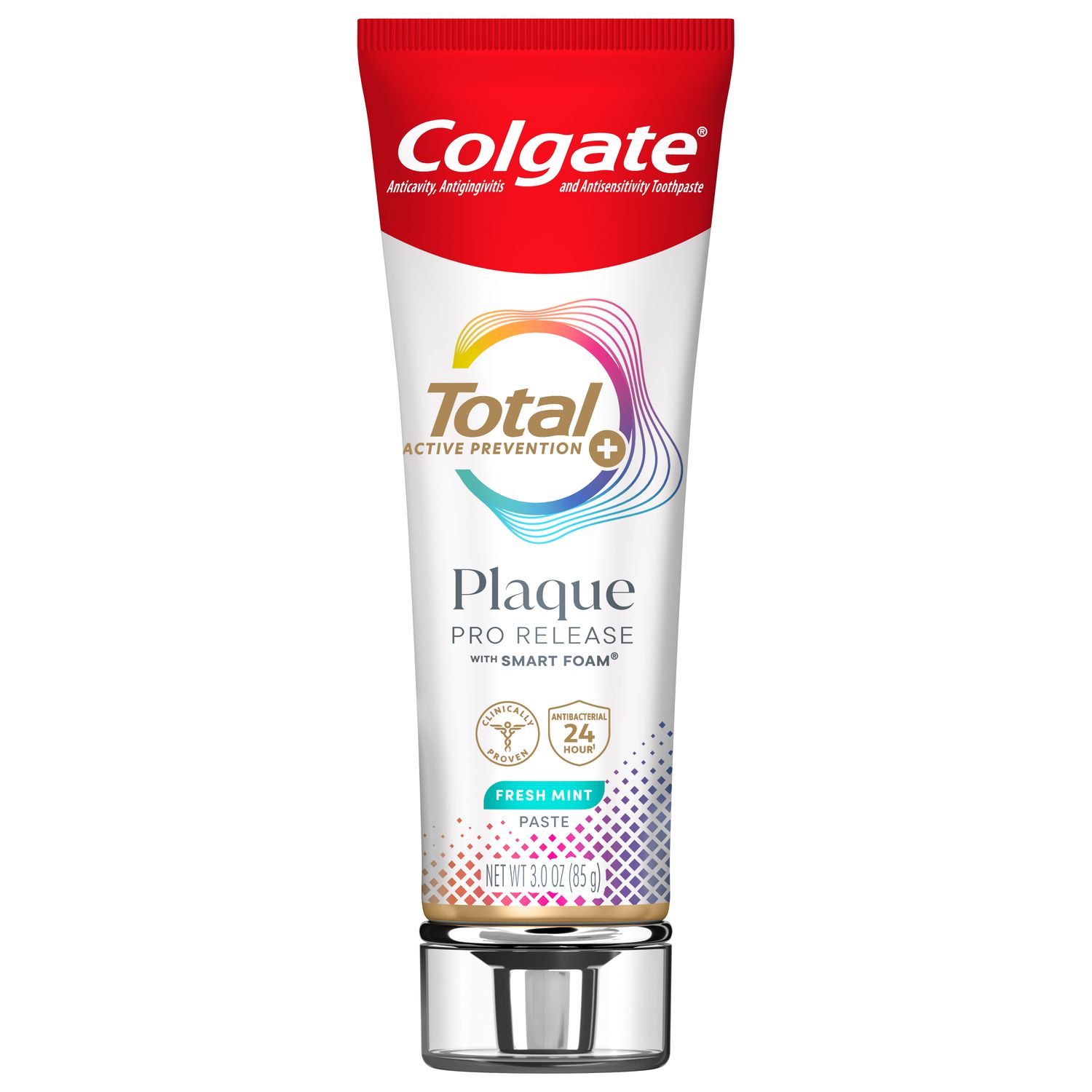
As a dental hygienist, you’re in a strong position to spot the early signs of oral cancer in your patients and improve their long-term prognosis. However, thanks to practice closures and scheduling pressures from COVID-19, this has inevitably become more difficult to do over the past year. As we focus on recovering from the pandemic, we discuss why it’s as important as ever for hygienists to vigilantly screen for oral cancer.
Understanding oral cancer
Oral cancer is any malignancy that affects the tissues of the oral cavity. The American Dental Association (ADA) recently expanded their definition of oral cancers to include those that affect the tissues of the oropharyngeal cavity.
How common are oral cancers?
The American Cancer Society (ACS) estimates that 54,010 Americans will be diagnosed with oral or oropharyngeal cancers in 2021, and that these conditions will cause 10,850 deaths.
The ADA’s Cancer (Head and Neck) factsheet states that the most common type of cancers affecting the oral and oropharyngeal cavities are squamous cell carcinomas, originating in the squamous cell layer of the mucosal surfaces. They account for 90% of cancers in the head and neck, and the ACS says that they occur most frequently in the tongue, tonsils, oropharynx, gums, floor of and other areas of the mouth, and less commonly in the lips and minor salivary glands.
Who is at risk?
The ADA identifies the following major risk factors for oral and oropharyngeal cancers:
Tobacco use.
Alcohol consumption.
Heavy use of alcohol and tobacco together.
Chewing betel quid or “paan” (common in Asian and migrant Asian communities).
Human papillomavirus (HPV) infection (for oropharyngeal cancer).
Other risk factors include:
Being male and/or of older age.
- Ultraviolet exposure (in cancer of the lip).
The importance of universal oral cancer screening
While it is helpful to know which patients are most at risk, the ADA recently updated its policy on early detection to state that all adult patients should have oral cancer screening, regardless of their risk factors.
The five-year relative survival rate for those whose disease is still confined to the lesion site is 83%, compared to only 36% in patients whose cancer has metastasized. In a 2015 systematic review and meta-analysis, researchers found that a longer interval between the first symptom of oral cancer and a referral for diagnosis increased the risk of advanced oral cancer and death associated with oral cancer.
It’s clear why the ADA believes that every patient should be receiving this vital health check. We can also look at it as an opportunity not just to detect oral malignancies early, but to potentially prevent them with patient education and behavioral interventions.
The role of the dental hygienist
As a dental hygienist, you typically see your patient more often, and for longer, than the dentist. That makes you well-placed to perform regular oral cancer screening and provide oral health guidance.
It’s important to remember that many people have not had access to routine dental care during the pandemic, so some cases of oral cancer will inevitably have progressed undetected. Even though we’re pressed for time as we adapt to the many demands COVID-19 places on our schedules, this is a lifesaving part of patient appointments that we simply can’t afford to skip -- now more than ever.
Professional and patient resources
The National Institute for Dental and Craniofacial Research (NIDCR) provides an oral cancer screening protocol for dental practitioners, which you can find here in poster form.
You might also find it helpful to review the ADA’s clinical recommendations on oral cancer screening, available in full and in chairside format. They also offer an instructional video demonstrating how to perform oral cancer screening.
Patient education is key to encouraging regular check-ups and preventative behaviors, so consider sharing some resources with your patients, too. The following are examples of thorough, patient-focused resources you may find helpful:
Oral Cancer – Are You at Risk? (NIDCR)
Oral Cancer Causes & Symptoms (NIDCR)
- Oral Cavity, Pharyngeal, and Laryngeal Cancer Screening (PDQ®) (National Cancer Institute)
- Oral Cancer Screening – What to Expect (Colgate)
Join us
Get resources, products and helpful information to give your patients a healthier future.
Join us
Get resources, products and helpful information to give your patients a healthier future.













